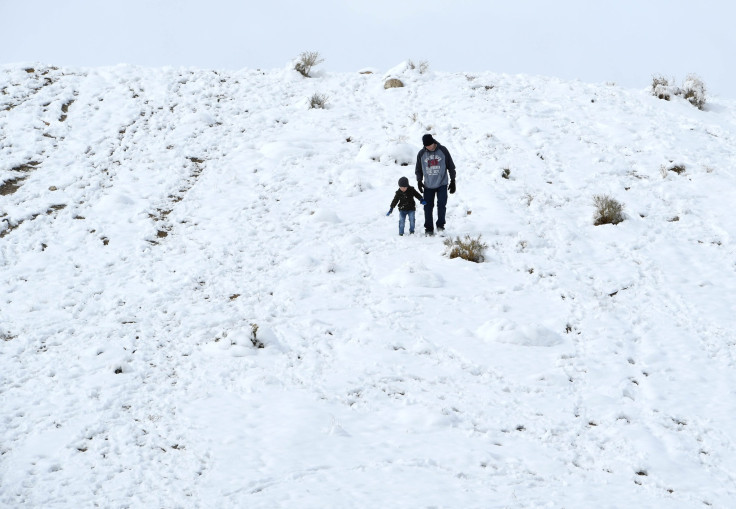Increase Ice In Our Oceans Could Trigger Another Ice Age According To Scientists
Increased ice in the ocean blocks the exchange of carbon dioxide with the atmosphere.

Another ice age? It's what researchers from the University of Chicago have stumbled upon during several experiments. The scientists alleged that increased sea ice could potentially end with another ice age.
In a study published in Nature.com, researchers simulated a climate change scenario that shows how increased ice could push us to another frosty era. In their research, it detailed how these changes could affect the ocean's circulation.
Increased ice in the ocean blocks the exchange of carbon dioxide with the atmosphere. This means that the more CO2 there is in the sea, the less there is in our atmosphere, creating a reverse greenhouse effect.
Malte Jansen, a University of Chicago assistant professor, said that they are still puzzled as to what initiated the Earth to "periodically cycle in and out of ice ages." In a press release on Monday, he added that his team is convinced that "the carbon balance between the atmosphere and ocean must have changed."
The only problem is the team doesn't "know-how or why." Understanding the role of carbon storage in the ocean can help scientists accurately predict the outcome of "future environmental change," said fellow researcher Alice Marzocchi.
They also deduced that the changes in our planet's orbit could have led to the cooling of the Earth. However, Jansen said that it could not have been enough to start an ice age, adding that significant environmental changes would have happened to affect the planet's climate system.
The last recorded ice age lasted from about 2,580,000 to 11,700 years ago and is widely called by scientists as the Pleistocene era. During that period, people from various continents were able to cross different regions in the world because of land bridges that were created by the frozen environment.
The climate was much drier and colder than it is today since most of the Earth's oceans were covered in ice. The average global temperature was 5 to 10 degrees C (9 to 18 degrees F) below today's averages.
© Copyright IBTimes 2025. All rights reserved.



















